Fabrice Lauri
Supervised and Semi-supervised Deep Probabilistic Models for Indoor Positioning Problems
Dec 19, 2019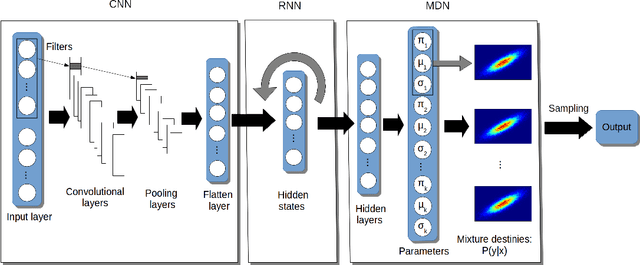
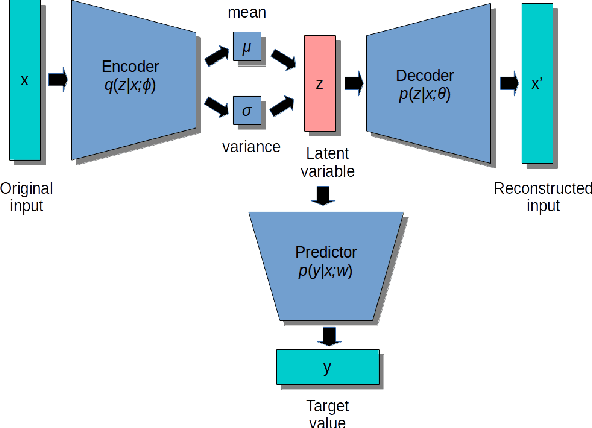


Abstract:Predicting smartphone users location with WiFi fingerprints has been a popular research topic recently. In this work, we propose two novel deep learning-based models, the convolutional mixture density recurrent neural network and the VAE-based semi-supervised learning model. The convolutional mixture density recurrent neural network is designed for path prediction, in which the advantages of convolutional neural networks, recurrent neural networks and mixture density networks are combined. Further, since most of real-world datasets are not labeled, we devise the VAE-based model for the semi-supervised learning tasks. In order to test the proposed models, we conduct the validation experiments on the real-world datasets. The final results verify the effectiveness of our approaches and show the superiority over other existing methods.
A Probabilistic Approach for Discovering Daily Human Mobility Patterns with Mobile Data
Nov 21, 2019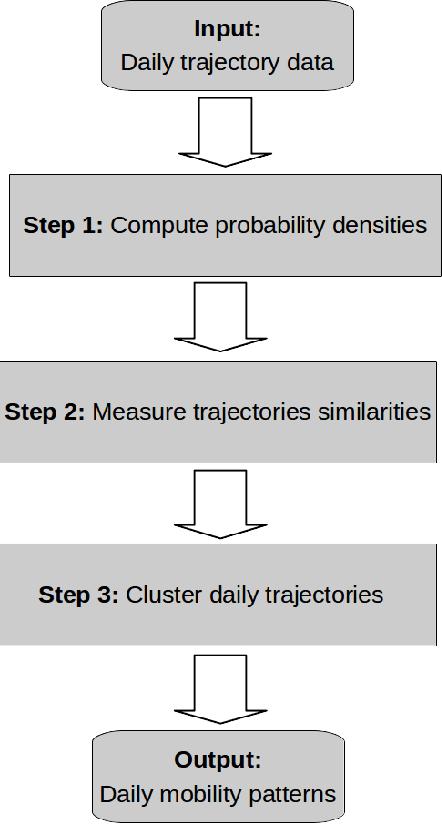
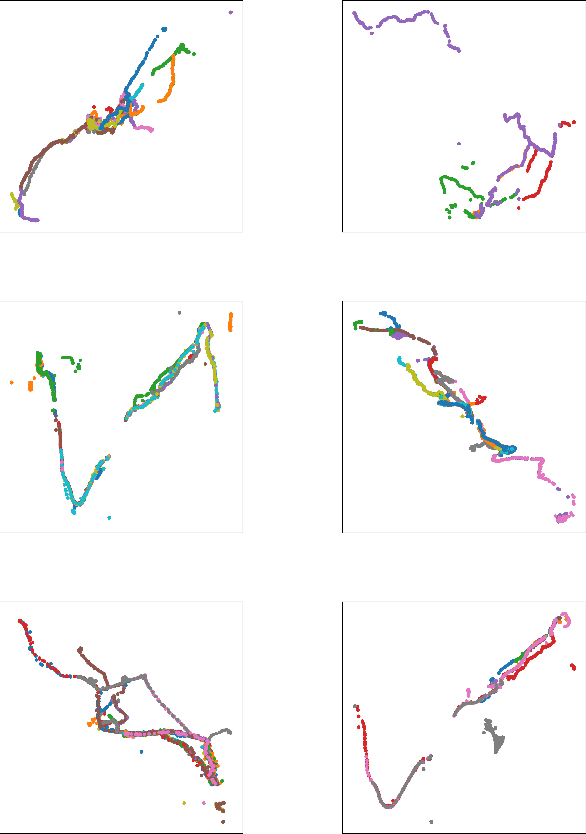
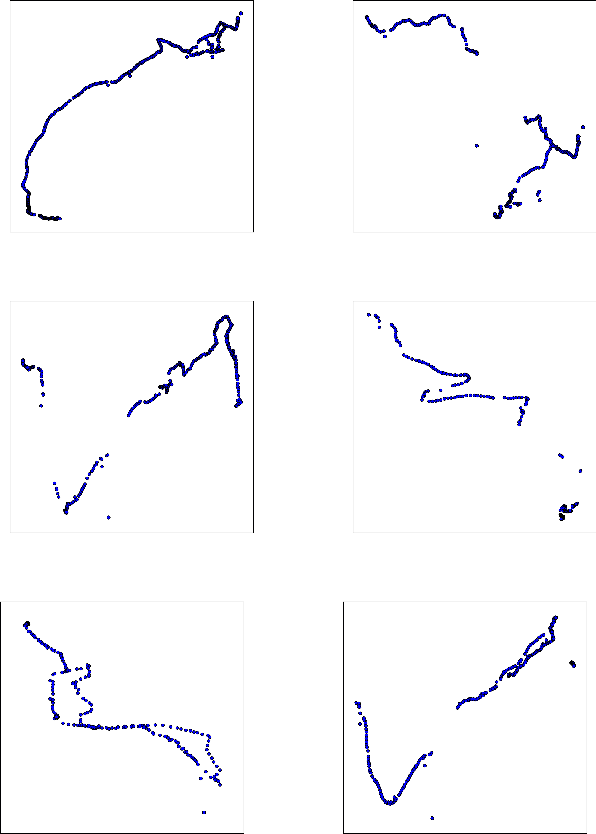
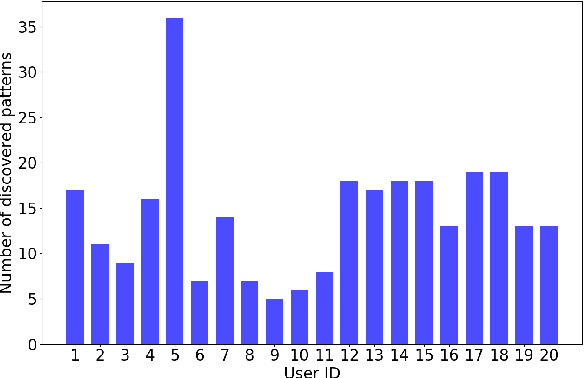
Abstract:Discovering human mobility patterns with geo-location data collected from smartphone users has been a hot research topic in recent years. In this paper, we attempt to discover daily mobile patterns based on GPS data. We view this problem from a probabilistic perspective in order to explore more information from the original GPS data compared to other conventional methods. A non-parameter Bayesian modeling method, Infinite Gaussian Mixture Model, is used to estimate the probability density for the daily mobility. Then, we use Kullback-Leibler divergence as the metrics to measure the similarity of different probability distributions. And combining Infinite Gaussian Mixture Model and Kullback-Leibler divergence, we derived an automatic clustering algorithm to discover mobility patterns for each individual user without setting the number of clusters in advance. In the experiments, the effectiveness of our method is validated on the real user data collected from different users. The results show that the IGMM-based algorithm outperforms the GMM-based algorithm. We also test our methods on the dataset with different lengths to discover the minimum data length for discovering mobility patterns.
Convolutional Mixture Density Recurrent Neural Network for Predicting User Location with WiFi Fingerprints
Nov 21, 2019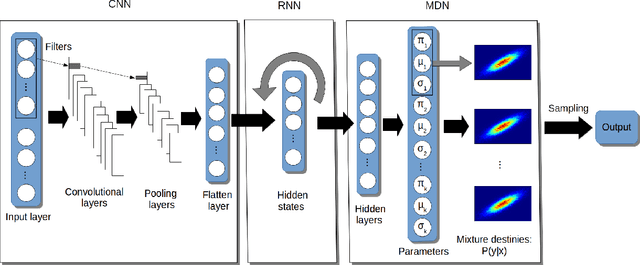

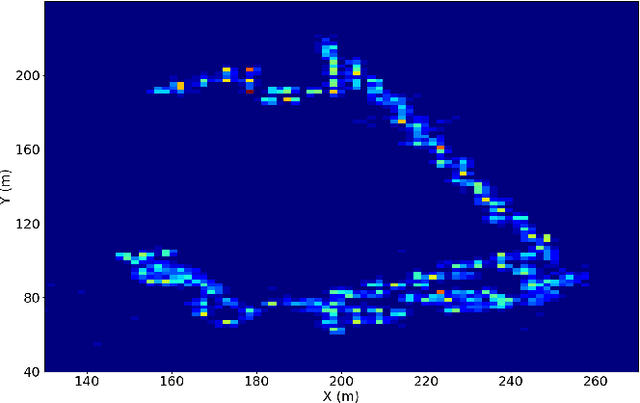
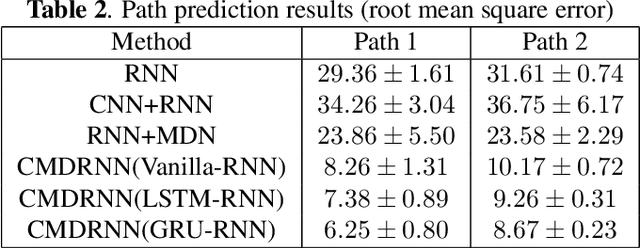
Abstract:Predicting smartphone users activity using WiFi fingerprints has been a popular approach for indoor positioning in recent years. However, such a high dimensional time-series prediction problem can be very tricky to solve. To address this issue, we propose a novel deep learning model, the convolutional mixture density recurrent neural network (CMDRNN), which combines the strengths of convolutional neural networks, recurrent neural networks and mixture density networks. In our model, the CNN sub-model is employed to detect the feature of the high dimensional input, the RNN sub-model is utilized to capture the time dependency and the MDN sub-model is for predicting the final output. For validation, we conduct the experiments on the real-world dataset and the obtained results illustrate the effectiveness of our method.
 Add to Chrome
Add to Chrome Add to Firefox
Add to Firefox Add to Edge
Add to Edge